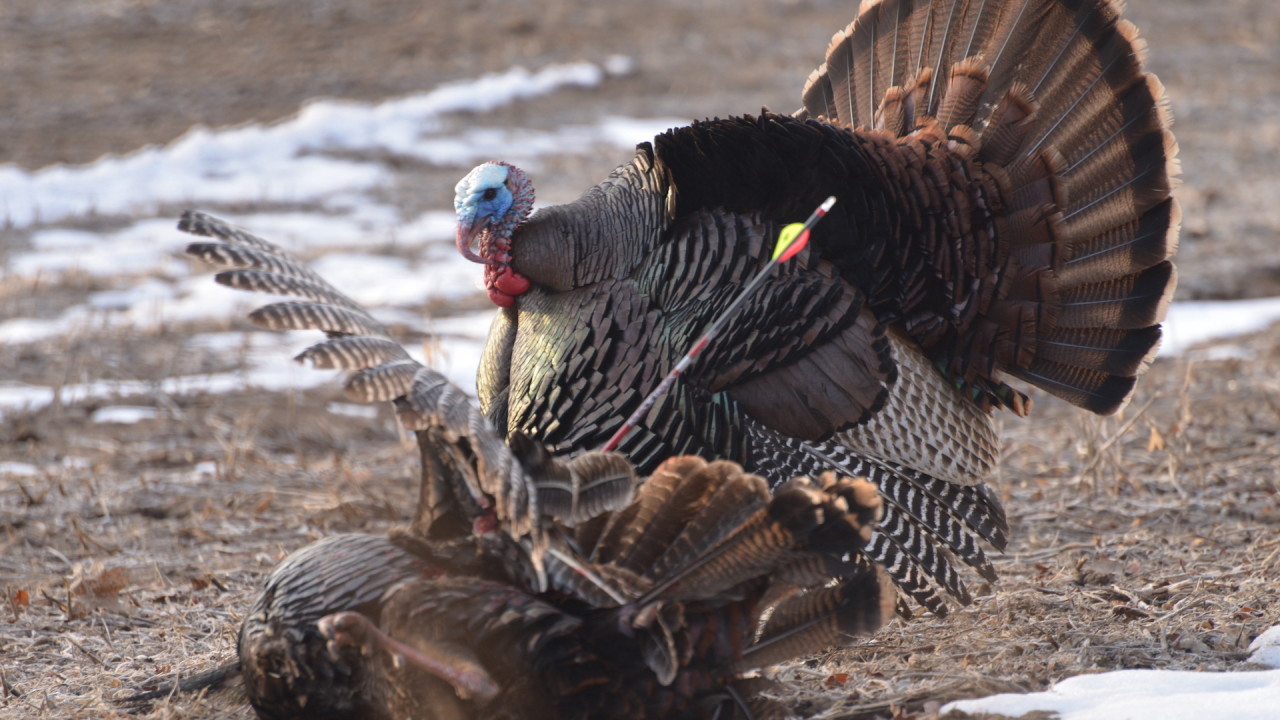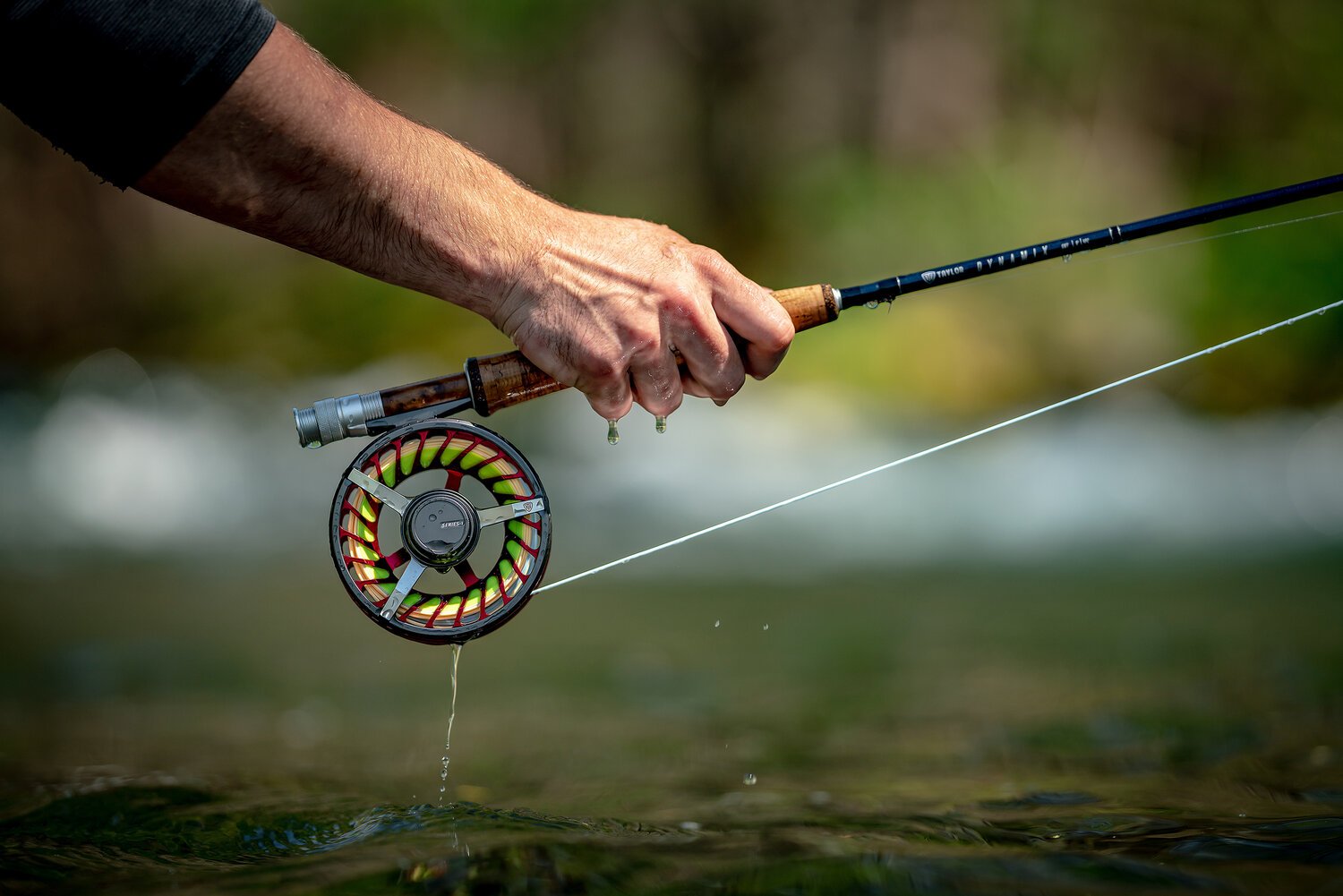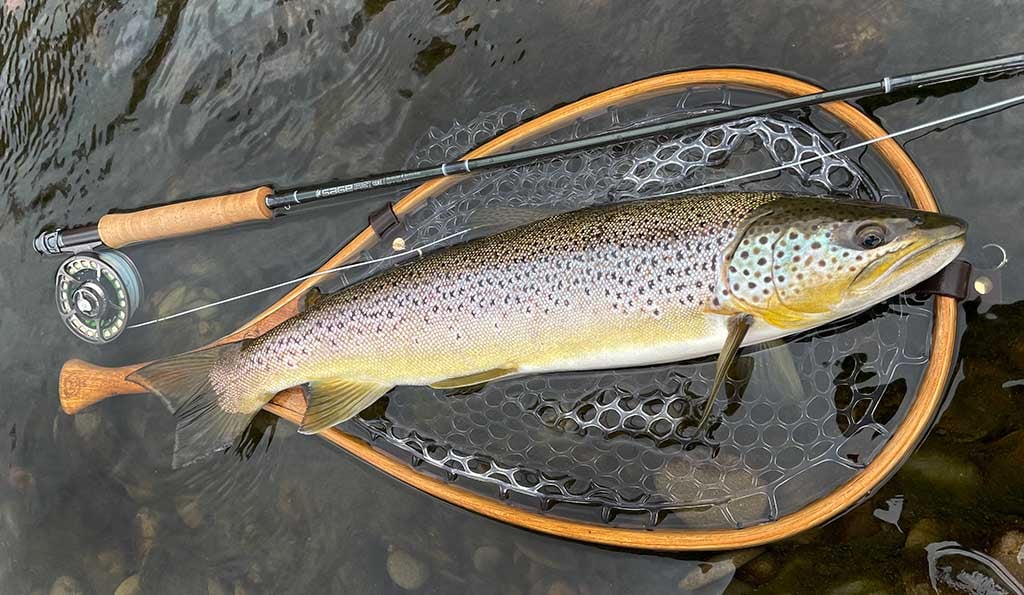
Bowhunting turkeys: where to shoot
To help you succeed, this guide will cover essential tips and techniques, including where to shoot a turkey with a bow, equipment recommendations, and strategies for a successful hunt.
Jul 1, 2024 | by N Johansson

Are you frustrated with missing perfect catches because your fly rod isn’t up to the task? Choosing the right fly rod can be intricate yet crucial to your success and enjoyment as an angler. Using the wrong rod could lead to inaccurate casts, lost fish, and a less satisfying fishing experience. Moreover, inappropriate equipment can stress the fish, potentially harming local trout populations.
But it doesn't have to be this way. Understanding essential factors like rod weight, length, and action can transform your fishing outings. This comprehensive guide is designed to equip you with the knowledge needed to select the perfect fly rod, ensuring a more enjoyable day on the water while promoting sustainable fishing practices. By the end of this guide, you’ll know which rod suits your preferences, conditions, and environmental ethics, turning frustrating trips into inspiring adventures.
Definition: Fly rod weight is a key aspect of fly fishing, directly relating to the line weight the rod can handle. This determines the size range of trout you can efficiently catch.
Applications:
Environmental Note: Choosing the right rod weight enhances fishing efficiency and helps ensure the fish experience minimal stress during catch and release, promoting conservation.
Influence: The length of your fly rod affects casting distance, line control, and maneuverability in different environments.
Guidelines:
Definition: Fly rod action describes how and where the rod flexes during a cast, significantly influencing your casting style and experience.
Types of Action:
Technical Insight: Fast-action rods deliver higher energy efficiency and quicker line speeds, while slow-action rods distribute energy for softer presentations.
Environment-specific Rods: Different environments call for specific rod features. Small streams need delicate, precise casts, whereas open rivers may demand longer casts and more power.
Seasonal Influences: In colder months, trout are less active, requiring delicate presentations and lighter rods. Warmer months may call for heavier rods to cast larger flies.
Versatility: For varying conditions, a 5-weight, 9-foot, medium-action rod is often the most adaptable.
Field Tips: Assess water speed, clarity, and wind conditions in real time to optimize rod selection for fishing success and environmental conservation.

Fly Categories: The primary types of flies used in trout fishing—dry flies, nymphs, and streamers—each require different rod weights.
Compatibility Recommendations:
Examples: A 3 to 4-weight rod is ideal for dry fly fishing in Pennsylvania's shallow streams, while a sturdier 6-weight rod suits streamer fishing in Wyoming's fast waters.
Beginner Setup: A medium-action, 9-foot, 5-weight rod. Versatile and user-friendly for various conditions and fly types.
Experienced Anglers: Often have multiple rods, preferring:
Techniques:
Inspiring Quote: "Understanding your equipment not only elevates your fishing skill but also enhances your appreciation for sustainable fishing practices," reflects renowned angler John Doe.
Regional Setups:
Global Advice: For varied conditions worldwide, a medium-action rod works well in New Zealand's broad rivers, while a fast-action rod suits Patagonia’s windy lakes.
Mistake 1: Incorrect weight. Ensure rod weight suits your target trout and flies.
Mistake 2: Mismatched rod length for your fishing environment.
Mistake 3: Wrong rod action. Identifying the right action is key to a smooth casting experience.
Tips: Try rods before purchasing. Visit fly fishing events or local shops, and seek expert advice to find the best match for your needs.
Practical Checklist: Before each trip, review your rod’s weight, length, and action to match your targeted water and fish, ensuring a successful and enjoyable fishing experience.
Top Brands and Models:
Expert Insight: "Choosing the right fly rod dramatically changes your fishing experience. Always consider your fishing venue and methods," advises John Doe, a professional fly fisher.
Resources: For further reviews, consult Orvis, Trident Fly Fishing, or The Fly Fishers. Look for testimonials discussing the environmental benefits of appropriate equipment.
Selecting the right fly rod for trout fishing involves careful consideration of factors such as weight, length, action, and fishing conditions. By aligning these with your preferences and fishing environments, and advocating for sustainable practices, you can greatly enhance your fishing experience and contribute to environmental conservation.